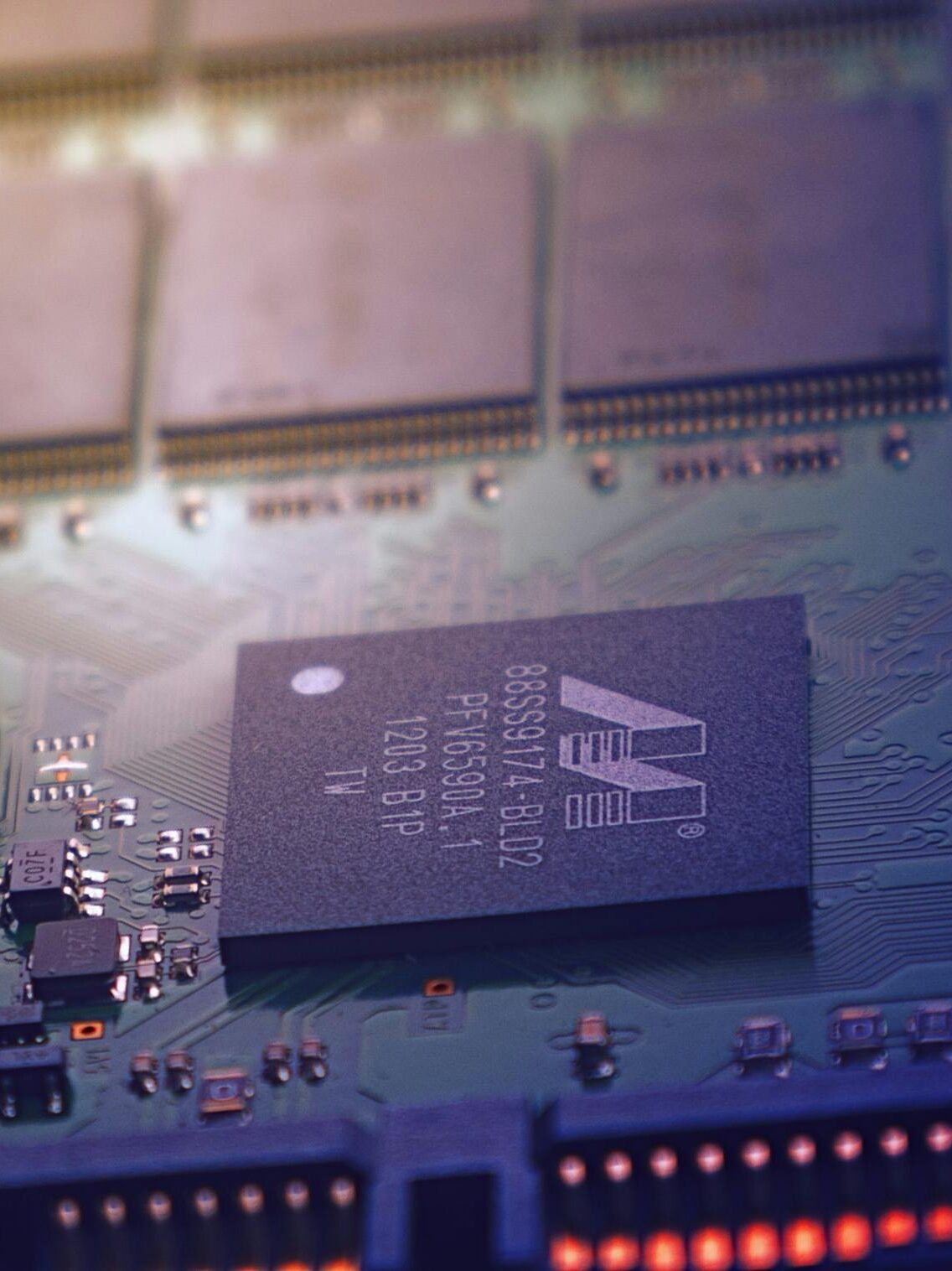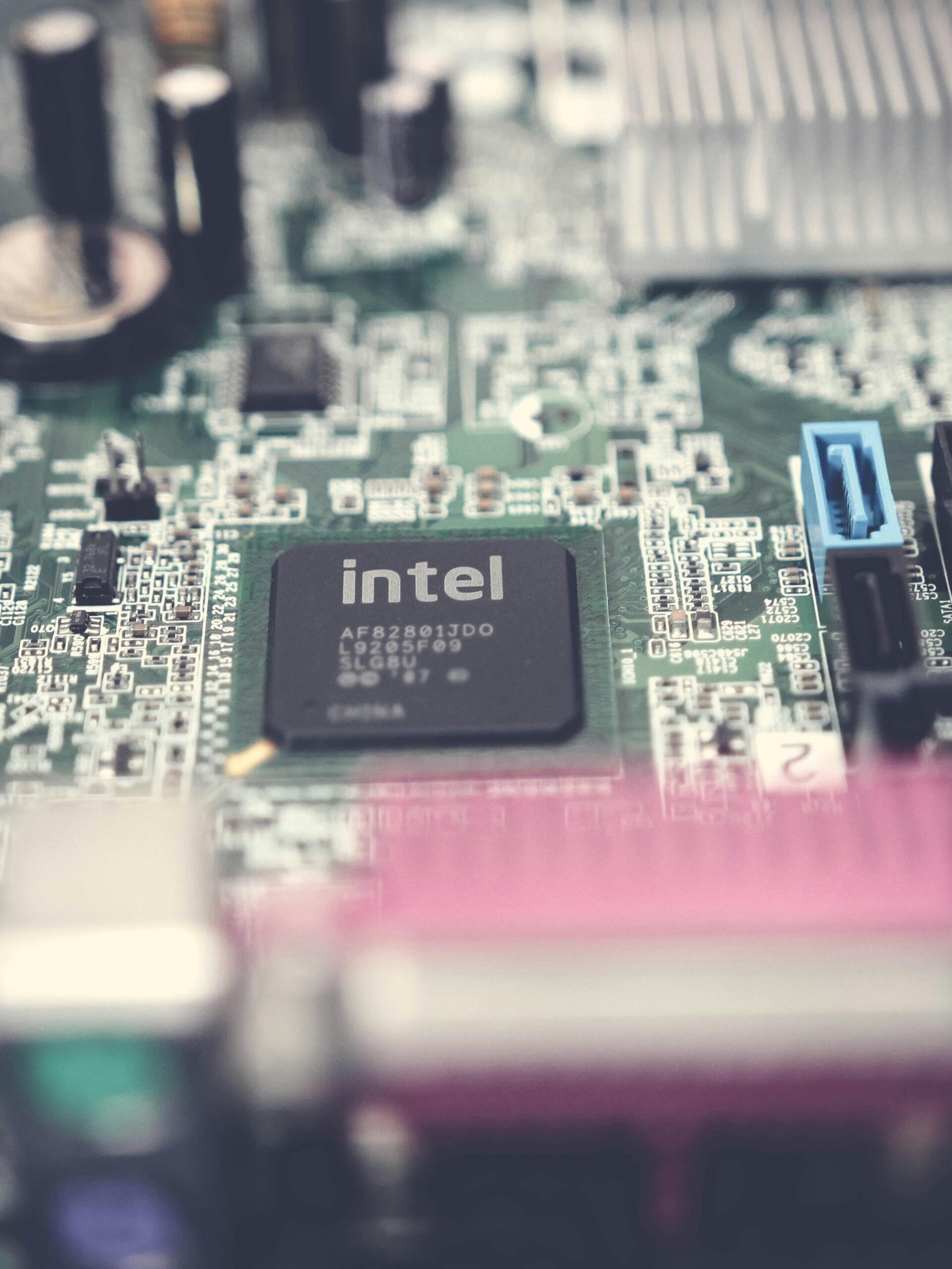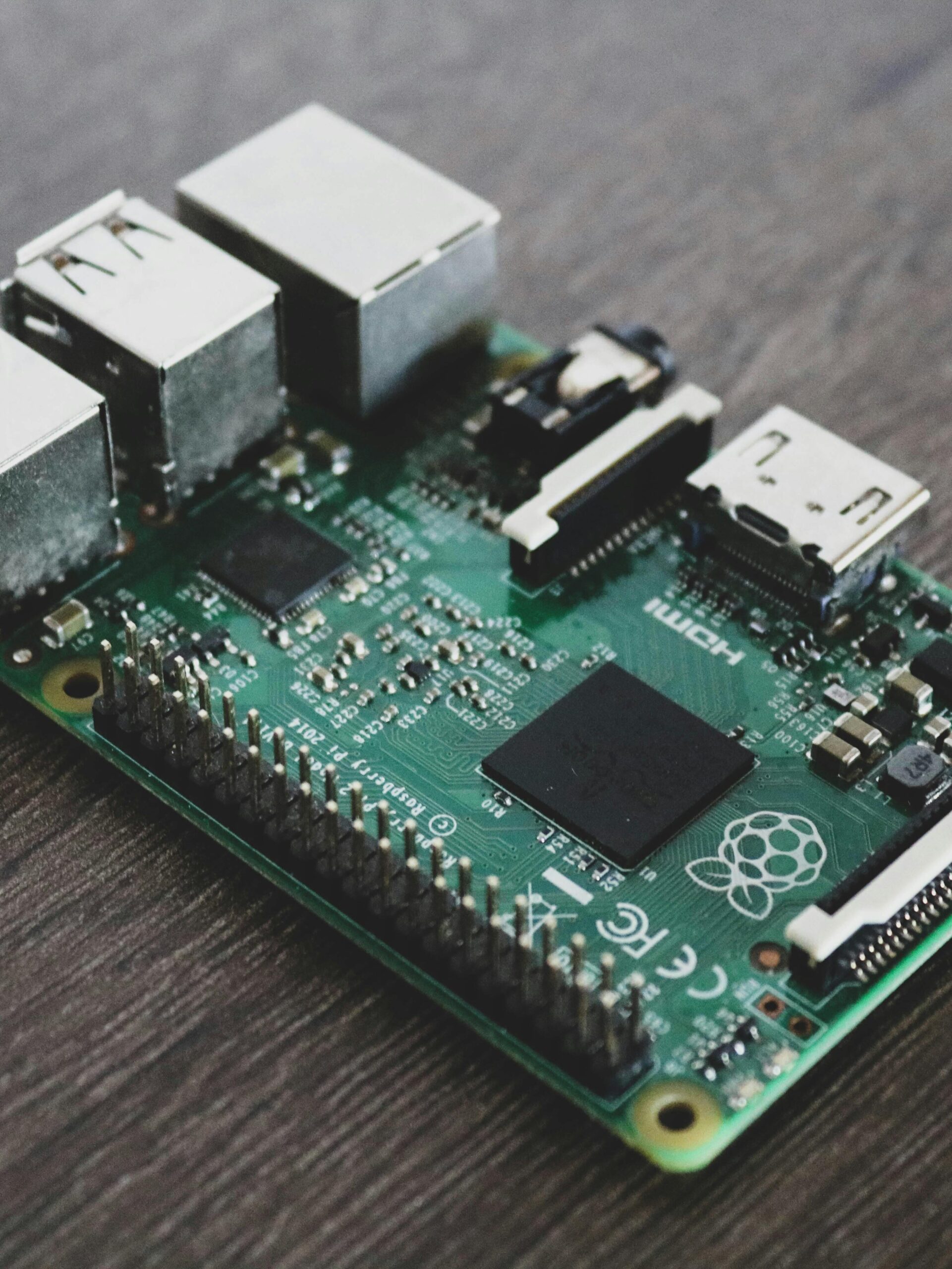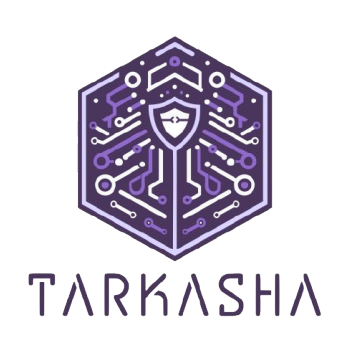Enterprise Microservices Transformation for Global Insurance Leader
Challenge
A global insurance provider with operations in 30+ countries and over 50 million customers was struggling with an aging monolithic application architecture. Their core policy management and claims processing systems had become increasingly difficult to maintain, scale, and enhance, resulting in lengthy release cycles and growing technical debt.

Innovation Bottlenecks: New feature development took 8-12 months from concept to production
Scalability Issues: System performance degraded during peak periods, affecting customer experience
Regional Customization Complexities: Implementing country-specific regulatory requirements required extensive code changes
Integration Difficulties: Connecting with modern insurtech solutions and third-party services was cumbersome
Operational Inefficiencies: System outages during updates affected business continuity
Our team designed and implemented a scalable solution that modernized the client’s entire infrastructure while ensuring business continuity throughout the process.
Domain-based Microservices
Designed service boundaries based on insurance business domains (Policy Management, Claims, Billing, Customer Management, etc.)
API Gateway Layer
Implemented pattern for security, routing, and traffic management
Migration Approach
Established event bus for asynchronous communication between services
Polyglot Persistence
Selected appropriate database technologies for different service requirements
DevOps Automation
Built CI/CD pipelines for automated testing and deployment
Observability Stack
Implemented distributed tracing, logging, and monitoring
Implementation Process
The implementation followed Tarkasha’s proven methodology. Full compliance with all relevant regulations achieved and maintained
Foundation Building
- Established cloud infrastructure and DevOps pipelines
- Implemented API gateway and service mesh
- Created initial microservices development standards
First Domain Migration
- Migrated Customer Management domain to microservices
- Implemented data synchronization between legacy and new systems
- Established operational practices and monitoring
Core Functionality Migration
- Systematically migrated Policy, Claims, and Billing domains
- Developed service-specific data stores
- Implemented event-driven communication between domains
Legacy Retirement
- Completed migration of remaining functionality
- Implemented comprehensive testing frameworks
- Phased decommissioning of legacy applications
Deployment Frequency: From quarterly to daily deployments (90+ deploys per day)

Performance: 70% improvement in average transaction processing time

Digital Channel Growth: 45% increase in digital policy sales through improved API capabilities

ROI: Achieved projected 3-year ROI within 18 months

Infrastructure Costs: 30% reduction in overall infrastructure costs

